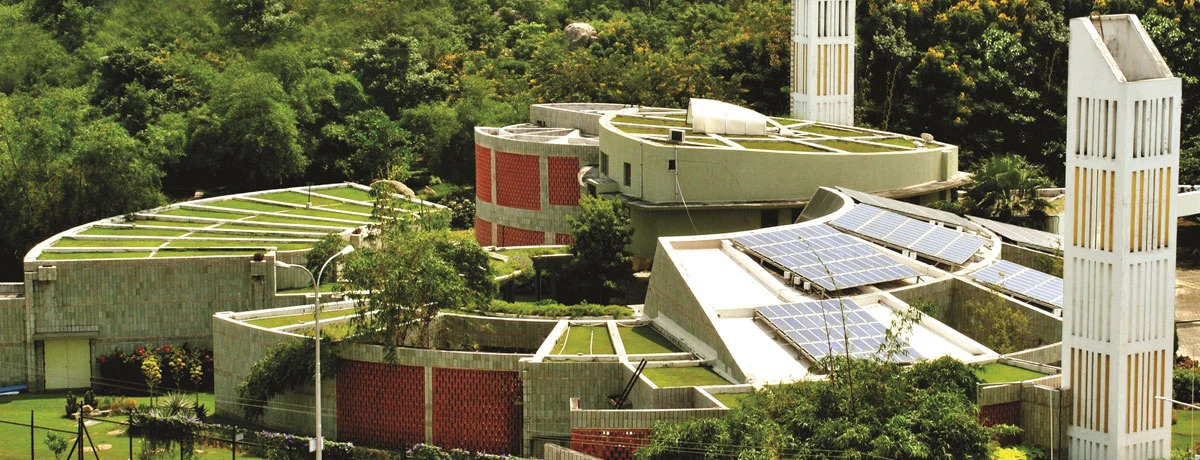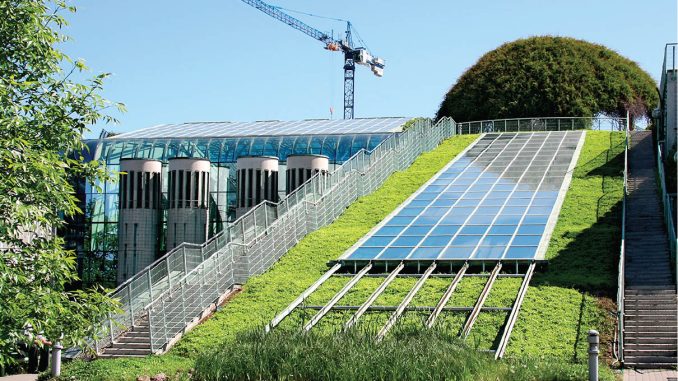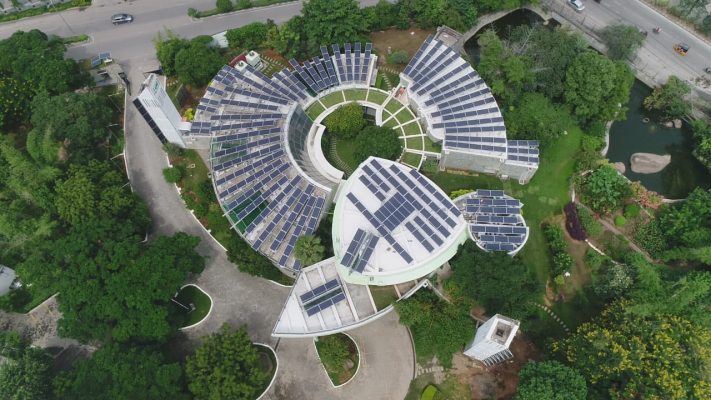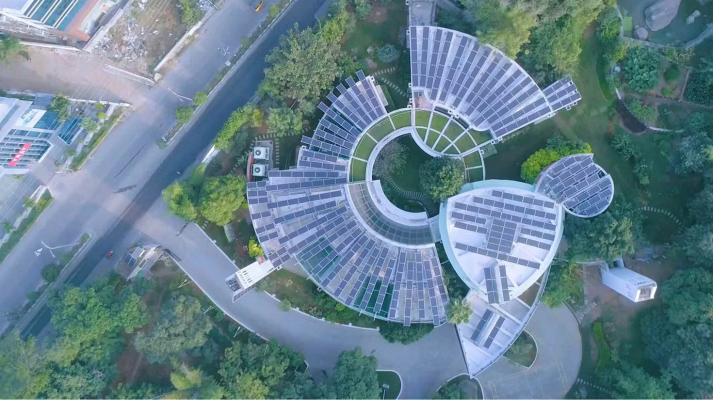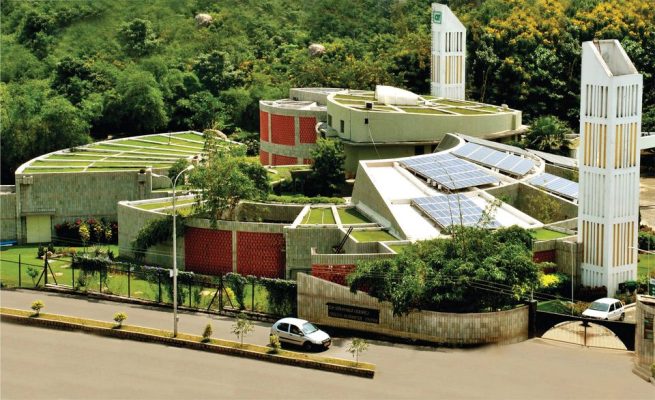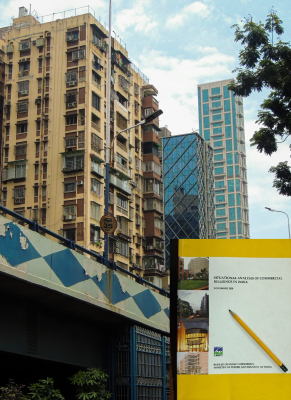SITUATIONAL ANALYSIS OF COMMERCIAL BUILDINGS IN INDIA
Client: Bureau of Energy Efficiency (BEE), Ministry of Power | Duration: Feb – Mar 2008 | Location: India
While the new commercial buildings are being targeted through the ECBC, there is a need to take up existing commercial buildings for retrofit energy efficiency projects. Energy Conservation Building Codes (ECBC) building codes have proven to be sources of lasting energy savings in new construction where they have been implemented with care. ECBC has been acknowledged as an important tool of the government energy efficiency and climate change policy. It is an attempt towards understanding the current energy usages in public and commercial buildings across all the states and climatic zones. The situation analysis addresses the quantitative aspects of energy consumption patterns in the buildings. The requisite information, as per BEE requirements, was collected from each of the state capitals, by individually studying and documenting specific buildings, by using information on LEED certified buildings provided by the CII-Green Business Council, and from reviewing building approval applications available in the offices of MoEF.


